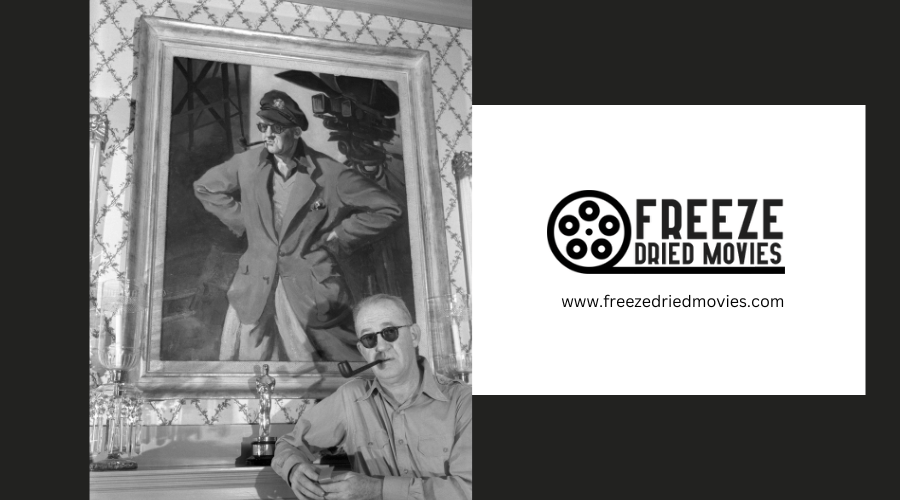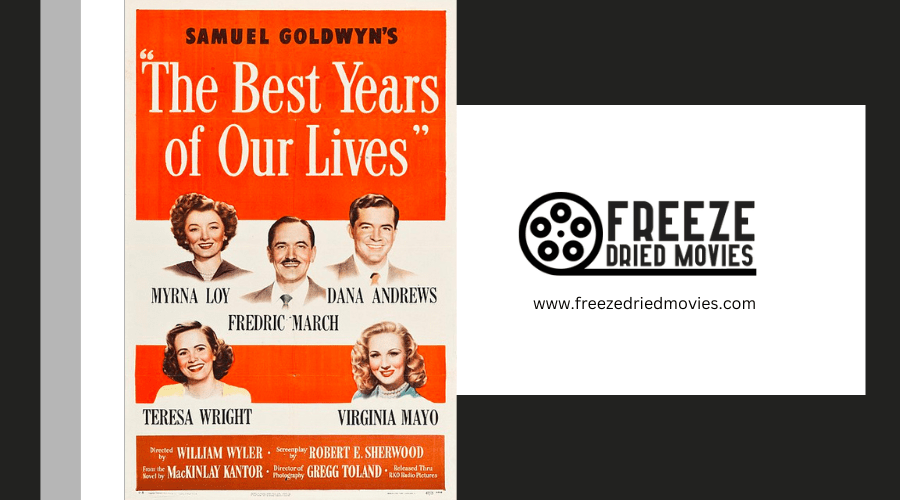What Was Val Lewton's Impact on Suggestive Horror?
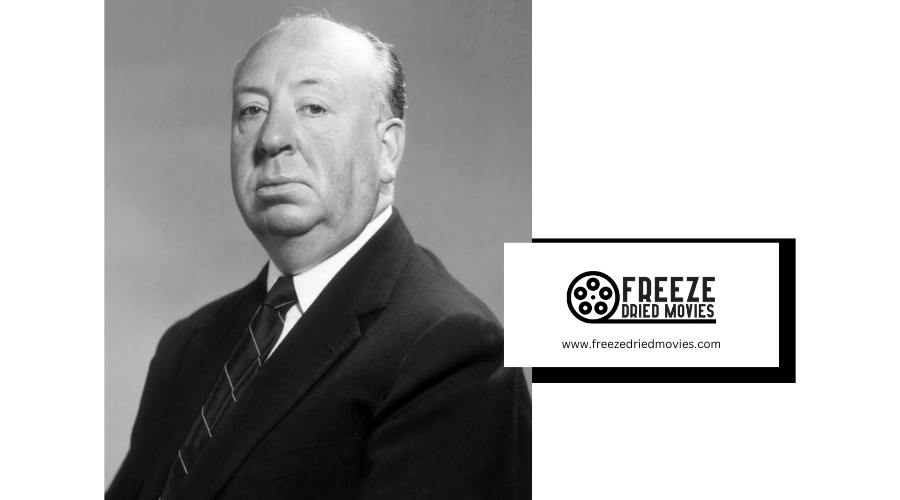
Val Lewton significantly impacted horror cinema by pioneering the technique of suggestive horror. He emphasized unseen threats over explicit visuals, thereby shifting audience expectations. His films, characterized by shadowy visuals, unsettling soundscapes, and sparse set designs, foster psychological tension and suggest hidden, sinister realities.
This approach not only amplifies feelings of isolation and vulnerability but also involves viewers through ambiguous storytelling and nuanced symbolism. Influential directors such as Alfred Hitchcock and Martin Scorsese have acknowledged Lewton's influence on their work.
His legacy continues to inform the contemporary horror and thriller genres.
Early Career and Influences
Before his groundbreaking work in horror cinema at RKO, Val Lewton significantly developed his skills in the MGM publicity department under the mentorship of David O. Selznick. This experience was crucial, enriching his understanding of narrative and visual storytelling, elements he later integrated into his horror and film noir projects.
At RKO, Lewton leveraged his earlier experiences to pioneer a unique cinematic language. Collaborating with directors like Jacques Tourneur, he prioritized psychological tension over superficial scares, focusing on how shadows and light could manipulate audience emotions and create a foreboding atmosphere. Lewton's films masterfully played with the boundary between the visible and the invisible, employing a deep understanding of psychological manipulation to enhance the storytelling.
Lewton's background in journalism and knowledge of Russian literature also influenced his narrative structures, making every scene not only serve the purpose of frightening but also of evoking deeper psychological responses. His approach to filmmaking did more than produce horror films; it crafted visceral experiences that tapped into the audience's psyche, making his work a seminal part of cinema history.
Pioneering Suggestive Techniques
Drawing on his foundational experiences at RKO, Val Lewton was a pioneering figure in horror cinema. He masterfully employed suggestive techniques that emphasized psychological terror and atmospheric tension. His approach to filmmaking marked a departure from overt scares, focusing instead on the subtle, lingering dread that thrives in the shadows. Through his adept manipulation of atmosphere and symbolism, Lewton created a cinematic environment where the unseen was more terrifying than the seen.
Lewton's techniques in suggestive horror include:
- Shadows and Lighting: He expertly utilized shadows and lighting to craft scenes that hinted at danger lurking just beyond sight, encouraging viewers to imagine horrors more terrifying than those shown.
- Eerie Soundscapes: Strategic sound design enhanced the atmosphere, with each creak and whisper intensifying the sense of unease.
- Minimalist Set Design: Preferring simplicity, Lewton's use of sparse settings heightened feelings of isolation and vulnerability.
- Strategic Ambiguity: By leaving certain narrative elements unresolved, he engaged viewers in a struggle with uncertainty and their personal fears.
- Symbolic Elements: He incorporated subtle symbolism into his films, suggesting deeper and often darker meanings.
Through these methods, Val Lewton crafted not merely films but immersive experiences that delved into the depths of psychological terror.
Psychological Horror Elements
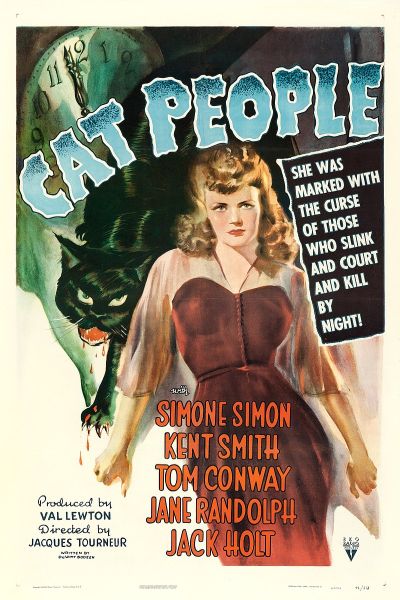
Val Lewton skillfully incorporated elements of psychological horror into his films, delving into the depths of the human psyche and exploring underlying fears. His work often focused on themes of psychosexual conflict and the scientific rationales behind human behaviors, revealing the internal demons of his characters. Films like 'Cat People' and 'I Walked with a Zombie' particularly exemplify how Lewton used Freudian theory and psychosexual elements not merely as scholarly topics but as integral parts of the plot.
Lewton's films are notable for their effective use of shadowy visuals, which did more than create a mood; they added a layer of psychological complexity, drawing viewers into a state of terror. His strategic use of lighting and camera angles cultivated a horror setting that relied on implication rather than explicit displays. For instance, the use of water and phallic symbols in his films provided more than visual texture; they carried symbolic meanings related to life, death, and primal fears.
Lewton's influence remains evident in contemporary horror cinema, which often emphasizes style and psychological depth over overt horror. His pioneering approach to understated horror, using shadows and symbolic themes, has established a standard for how horror is effectively conveyed, marking his contribution as both significant and subtly disturbing.
Iconic Films and Plots
Exploring Lewton's iconic films, 'Cat People' and 'I Walked with a Zombie,' reveals a masterful melding of psychosexual tension and deep-seated fears. These films, reminiscent of the Film Noir style, immerse viewers in atmospheres where the boundaries between the real and the imagined are indistinguishable. Lewton utilizes implied horror to engage with the audience's personal fears, intensifying the sense of dread.
Here are the techniques Lewton employs to captivate and unsettle viewers:
- Ambiguity: The films are laden with enigmatic scenes that challenge perceptions of reality.
- Loneliness: Characters experience profound isolation, mirroring their internal struggles and external circumstances.
- Psychosexual Conflicts: The narratives delve into intricate emotional and psychological dilemmas.
- Poetic Effects: The use of visual and sound elements is deliberately crafted to evoke deep emotional responses.
- Subconscious Fears: The storylines revolve around unarticulated, fundamental fears that connect deeply with viewers.
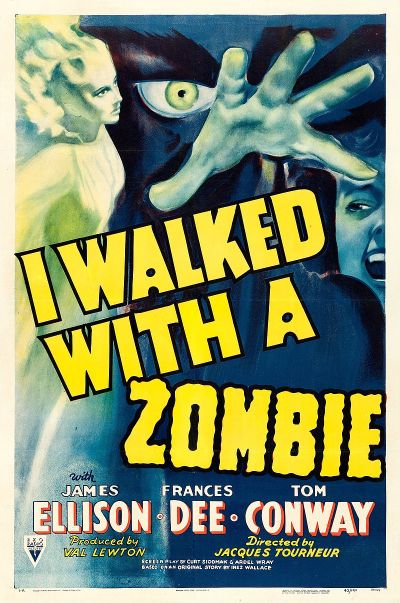
Lewton's films transcend typical storytelling; they're profound explorations into the complexities of human psychology. His nuanced character development ensures that each character's emotional journey resonates deeply with the audience, effectively conveying their despair and anxiety. Through these methods, Lewton revolutionized the horror genre, transforming it into a medium that not only explores external darkness but also probes the inner recesses of the human psyche.
Influence on Future Filmmakers
Lewton's pioneering techniques in suggestive horror have profoundly influenced the work of many renowned filmmakers, such as Alfred Hitchcock, Martin Scorsese, and George Romero. The subtlety and psychological terror that are hallmarks of Lewton's style resonate in Hitchcock's suspenseful silences and Scorsese's creation of eerie atmospheres in his more somber narratives. Lewton's skillful use of shadows and sound has set a standard for filmmakers who aim to instill fear through implication rather than explicit depiction.
Contemporary horror films owe much to Lewton's stylistic innovations. The subtle way in which terror unfolds in Lewton's narratives is reflected in the tension-filled, shadow-heavy scenes common in today's horror films and series. Modern directors continue to employ Lewton's minimalist techniques to heighten anxiety and fear, emphasizing the power of the unseen and unsaid to evoke psychological terror.
Lewton's impact on cinema extends beyond his specific techniques. His legacy lies in the quintessential nature of horror itself—the fear of the unknown and unseen, a theme that continues to engage and terrify audiences around the globe.
Legacy in Horror Cinema
The lasting impact of Val Lewton's filmmaking techniques is evident in contemporary horror cinema, where psychological horror and atmospheric tension are prominent. Modern filmmakers effectively utilize Lewton's methods, emphasizing deep character development and evocative imagery to engage audiences in a more immersive and intellectually stimulating horror experience. His emphasis on subtle, uncanny elements over explicit scares has established a benchmark in horror filmmaking that appeals to sophisticated viewers.
Here are how these principles are applied in current horror films:
- Atmosphere: A pervasive sense of unease crafted through detailed and deliberate settings.
- Symbolism: Everyday objects and visuals imbued with unsettling, symbolic meanings.
- Psychological Terror: The exploration of characters' inner fears and conflicts, creating a deeper horror experience than overt monsters.
- Subtlety: The strategic use of understated visual and auditory cues that imply more than they show.
- Innovative Techniques: The fusion of traditional and modern filmmaking techniques to create intricate psychological narratives.
Lewton's influence encourages a deeper exploration of horror's psychological dimensions, enhancing the genre's appeal and depth.
Critical Reception and Analysis
Critics have consistently recognized Val Lewton's unique ability to fuse psychological terror with atmospheric suspense in his filmmaking. Their reviews praise his use of subtle horror, achieved through nuanced characterizations and the evocative interplay of light and shadow. Lewton's films are known not only for their immediate scare but also for their lingering psychological impact, a quality that was relatively unparalleled at the time.
Lewton's style, marked by what's implied rather than explicitly shown, significantly shifted the horror genre from reliance on overt shocks to a more insidious form of dread that affects the psyche long after the film ends. The atmospheres he created were integral to the narrative, serving almost as silent characters filled with palpable tension.
This innovative approach earned him critical acclaim and established him as a trailblazer in horror cinema. Film scholars discuss his legacy, which underscores his role in elevating horror to an intellectually and emotionally engaging art form. Lewton's techniques, which focus on suggestion rather than exhibition, continue to influence modern filmmakers, underscoring the enduring relevance and trustworthiness of his artistic vision.
Conclusion
Val Lewton's role in horror cinema was transformative. He pioneered a style that favored subtlety and psychological tension over graphic content. His films, characterized by their atmospheric depth, had a significant impact on the evolution of the genre and influenced subsequent directors.
Lewton's approach continues to resonate in modern horror films, which often explore fear through implication and suggestion rather than overt displays. His work remains a testament to the power of imagination in evoking terror and suspense.

